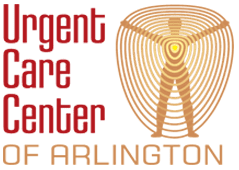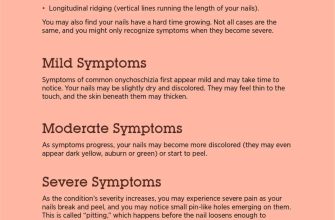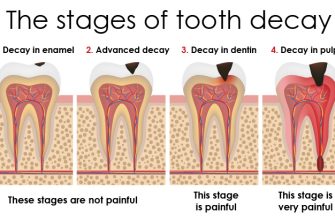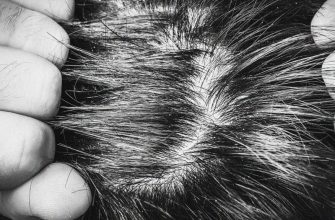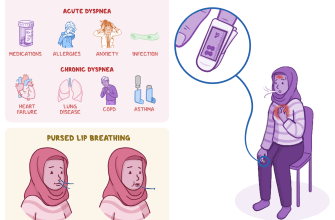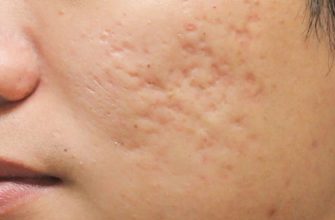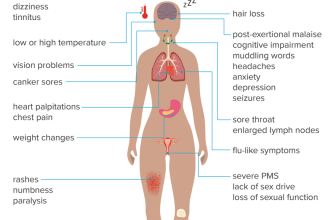Roaring is a phenomenon that is often associated with powerful and majestic creatures like lions. The image of a lion’s fierce and thunderous roar is intimidating and mighty, evoking a sense of dominance and impressiveness. But what about humans? Can humans roar like lions? And if so, what causes it and how can it be treated? In this article, we will explore the fascinating world of roaring in humans and provide valuable insights on its causes and potential treatments.
The Roaring Phenomenon
Roaring in humans refers to a loud and deep vocalization that resembles the roar of a lion. While humans do not possess the same anatomical structures as lions to produce an identical roar, some individuals have the ability to produce a vocalization that closely resembles it. This unique ability is often attributed to specific physiological and psychological factors.
Physiological Factors
Physiologically, roaring in humans can be influenced by various factors, including:
- Enlarged vocal cords: Individuals with naturally larger vocal cords may have a deeper and more resonant voice, which can contribute to a roaring-like sound.
- Strong diaphragm muscles: The diaphragm plays a crucial role in controlling the intensity and volume of vocalizations. Individuals with well-developed diaphragm muscles may have the ability to produce a more powerful roar.
- Resonance chambers: The shape and size of the oral and nasal cavities can affect the quality and projection of vocalizations. Certain individuals may have naturally larger resonance chambers, allowing for a more impressive roar.
Psychological Factors
Psychologically, roaring in humans can be influenced by factors such as:
- Confidence and assertiveness: Roaring-like vocalizations are often associated with individuals who exude confidence and assertiveness. The psychological state of the individual can impact the intensity and dominance of their roar.
- Emotional expression: Roaring can also be a form of emotional expression, particularly in situations of anger, frustration, or excitement. The intensity of the emotions experienced can manifest in the vocalization.
- Imitation and learned behavior: Some individuals may have learned to mimic the roaring sound through observation or intentional practice. This can be seen in actors or performers who need to portray powerful characters.
Treating Roaring in Humans
While roaring in humans may not necessarily be a medical condition or symptom of an underlying health issue, some individuals may seek ways to modify or control their vocalizations. Here are some potential treatments and techniques that can be explored:
Vocal Training and Therapy
Working with a speech therapist or vocal coach can help individuals gain better control over their vocalizations. Techniques such as breath control, vocal exercises, and resonance training can be employed to modify the intensity and quality of the roar-like sound.
Psychological Support
If roaring is associated with emotional expression or psychological factors, seeking therapy or counseling can be beneficial. Addressing underlying emotional issues or learning healthier ways to express emotions can help individuals manage their vocalizations more effectively.
Acceptance and Embracing Uniqueness
Roaring in humans can be a unique and distinctive trait. Instead of seeking to change or suppress it, individuals can choose to embrace and accept their unique vocal abilities. This can lead to increased self-confidence and a sense of empowerment.
Conclusion
Roaring in humans is a fascinating phenomenon that can be attributed to a combination of physiological and psychological factors. While it may not be a medical condition that requires treatment, individuals who wish to modify or control their vocalizations can explore various techniques such as vocal training, therapy, and embracing their uniqueness. Ultimately, the ability to roar like a lion can be seen as a powerful and impressive trait that sets individuals apart.
